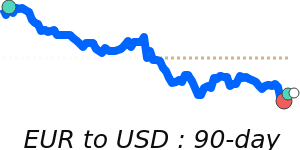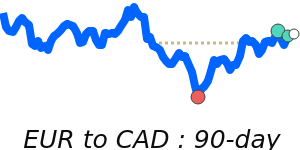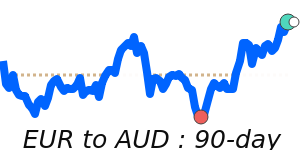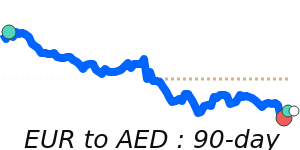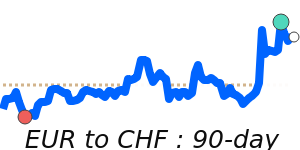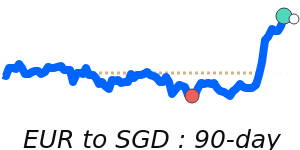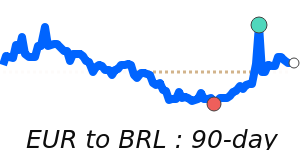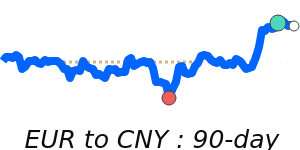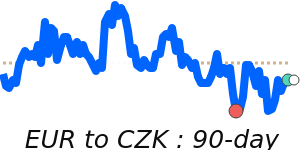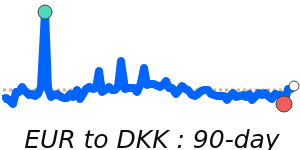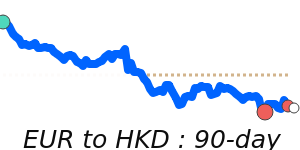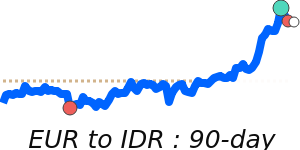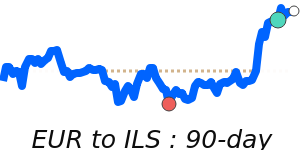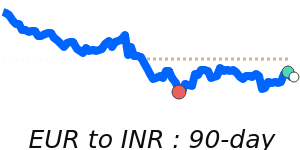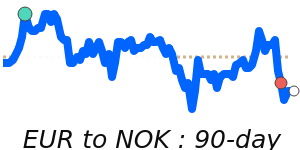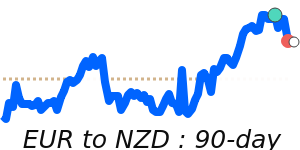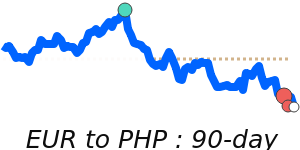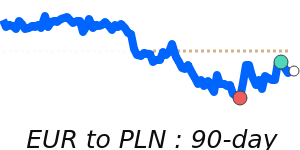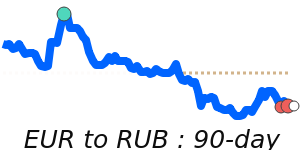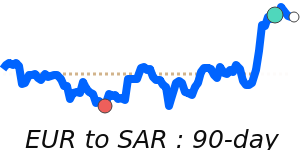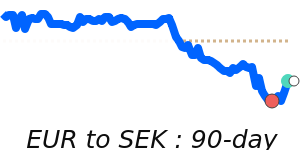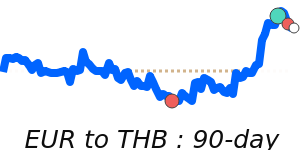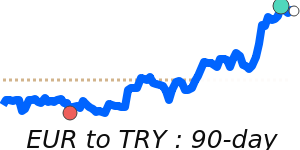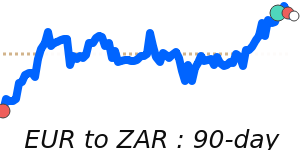The euro (EUR) experienced some initial strength against a weakening US dollar (USD), reflecting its typical negative correlation with the USD. However, ongoing geopolitical tensions associated with Russia and the conflict in Ukraine have led to a decline in the EUR's value as market sentiment shifts. Analysts suggest that any further deterioration in relations or lack of progress towards peace may continue to pressure the euro.
Concerns about economic performance in the Eurozone, particularly in Germany, have also emerged. An anticipated slowdown in German factory orders and updates on third-quarter growth could lead to further declines in the euro's value if these figures do not meet expectations. The euro trades at 1.1645 against the USD, maintaining proximity to its three-month average after fluctuating within a stable 3.4% range.
Recent reports indicate increasing inflation in the Eurozone, rising to 2.2% in November from 2.1% in October. This uptick has sparked talks among ECB policymakers about maintaining interest rates, as upward inflation pressures might complicate previous forecasts of a decline. Piero Cipollone, a member of the ECB's executive board, reiterated the central bank's commitment to market-determined exchange rates, distancing itself from targeting rates for competitive gain.
The EUR to GBP pair has slipped to 30-day lows at 0.8736, while the EUR to JPY rises to 180.6, notably exceeding its three-month average. This variance suggests a reevaluation of risk and performance across different currency pairs.
In tandem, oil prices, currently at 63.37 USD, reflect significant volatility, trading within a 15.0% range recently. Since fluctuating oil prices have a direct impact on inflation and economic stability in the Eurozone, developments in this market may further influence the euro's trajectory.
In summary, as the Eurozone navigates complex geopolitical landscapes and stabilizing inflationary conditions under ECB scrutiny, the euro's strength will depend on macroeconomic performance, especially in its largest economies. Investors should remain vigilant to the key economic indicators and external factors that could shape future movements in the euro.
